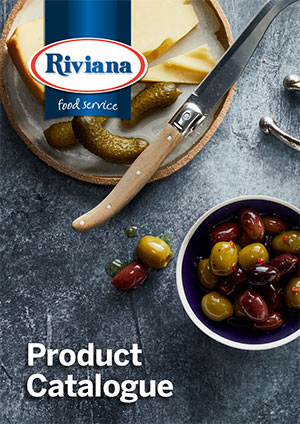Why Native Ingredients are becoming a popular option for Chefs
Native ingredients have sometimes been overlooked in the past, with Australia’s diverse international background more often reflected in our cuisine.
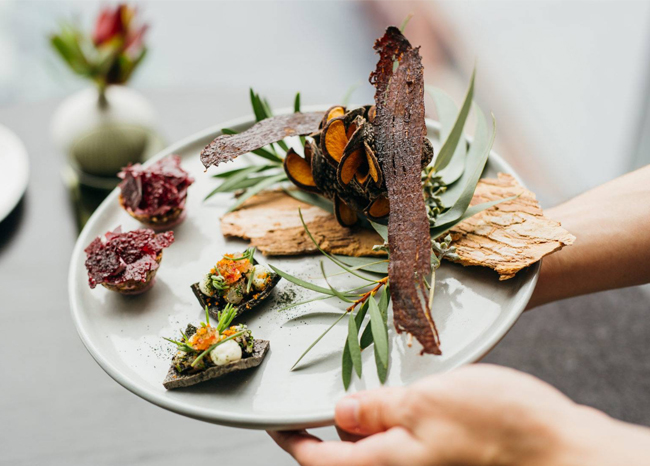
Image: Wildflower Perth
But innovation has always been a massive part of the Australian foodservice scene, with chefs always keen to indulge their creative flair through cooking.
So, although 2020 has been about surviving the storm, it’s important to continue experimenting with flavours.
Here are some native ingredients we see rising in popularity this year:
1. Hericium coralloides (‘Snowflake’)
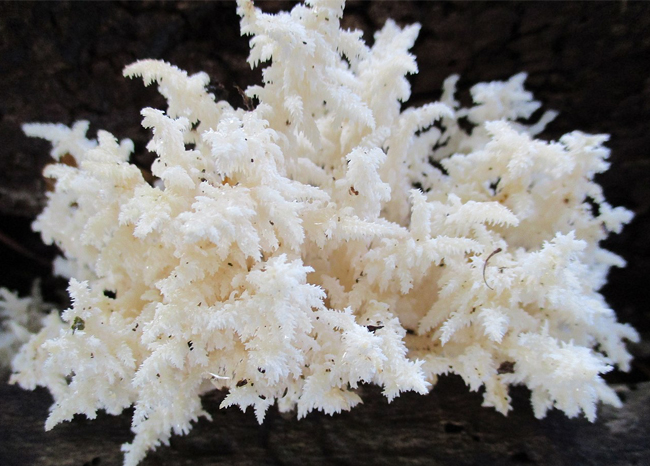
Image: Herricium Coralloides
Herricium corolloides (commonly known as coral tooth fungus) isn’t exclusive to Australia, but the recently discovered Australian version has been given its own distinction.
Now known as ‘snowflake’ this ingredient made history by becoming the first edible Australian fungus to be commercialised. Being grown in the Yarra Ranges, the fungus has made it through some of Melbourne’s top restaurants and has been said to have a subtle, sweet lobster flavour.
2. Lemon Aspen
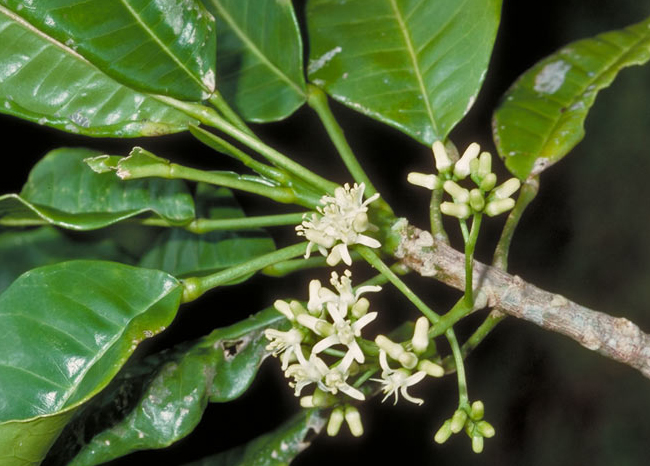
Image: Lemon Aspen
Lemon aspen is typically found in the tropical and tableland forests of northern Queensland. It has a tart lemon taste with hints of grapefruit as well.
Chef Norine Bero blends her own seasonings for dishes at her café Mabu Mabu, and her lemon-aspen salt is a great compliment for fish.
Meanwhile, craft beer company Sobah have created a Lemon Aspen Pilsner if you’re feeling adventurous!
3. Green Ants
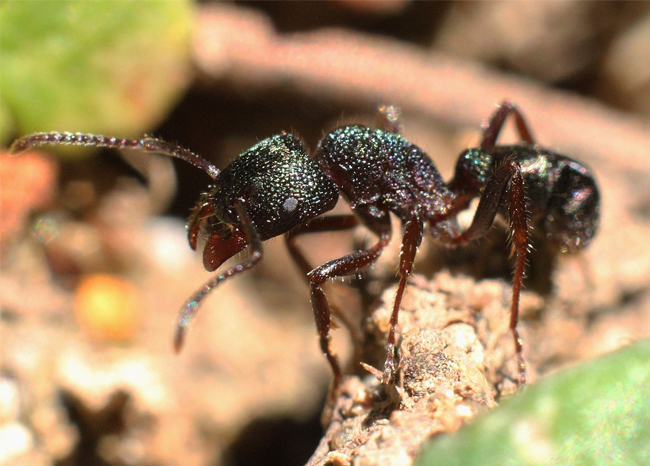
Image: Green Ant
In the past, the act of eating a bug was often saved for overseas adventures as more of a dare than anything. Now, the market for edible insects is beginning to pick up as chefs incorporate more ‘creepy crawlies’ into their cooking.
At Restaurant Orana in Adelaide, guests can treat themselves to a 16-course tasting menu which includes wattleseed miso, crocodile, bunya nut cream cheese and Geraldton wax with green ants.
4. Kakadu Plums
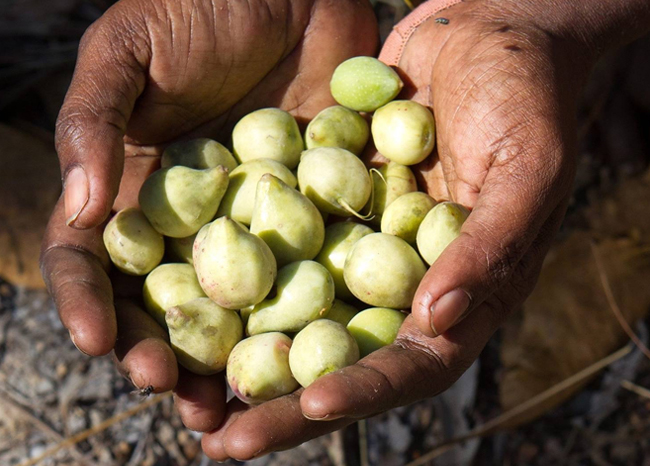
Image: Kakadu Plums
Kakadu plums are not only tasty, but they’ve also been identified as the richest source of vitamin C on the planet!
The Kakadu Plum Co have created a variety of spices using a range of native ingredients, but they could be most famous for their Kakadu plum, lemon myrtle and macadamia chocolate.
5. Mountain Pepper (Tasmanian Pepperberry)
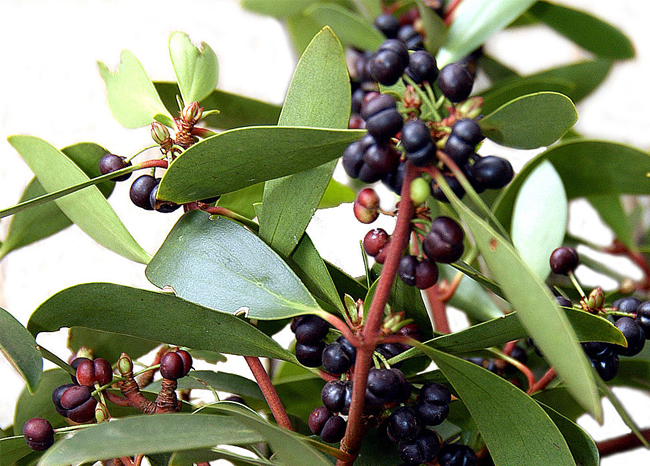
Image: Mount Pepper
This can be used much like regular pepper, except the pepperberries and leaves are also edible. The dark berries can be infused in sauces for a rich, plum colour.
6. Emu
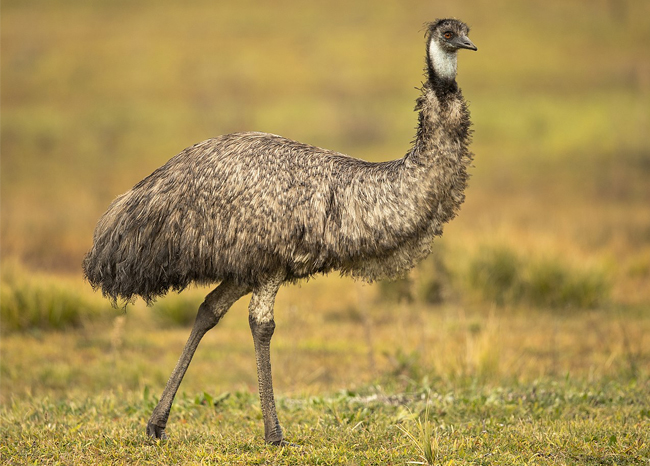
Image: Emu
Some customers will turn their noses up at the idea of eating any part of the flightless bird, but when it’s done right, it can be a real delicacy.
Melbourne’s Attica has offered bagel slices with emu liver, while Perth’s Wildflower has incorporated emu into their menu across a number of seasons.
7. Lemon Myrtle

Image: Lemon Myrtle
Lemon Myrtle is a versatile herb with a fresh, lemon-lime flavour. It can be ground and dried or used fresh and has even been referred to as “queen of the lemon herbs.”
The team at Botanic House in Sydney has used lemon myrtle infused coconut milk to marinate fish in the past, if you’re looking for some inspiration.
As chefs continue to explore local ingredients, we are expecting to see these ingredients become more readily available.
If you have had some experience using these types of flavours, we’d love to know about it!
Jump on our Facebook page and join the conversation.

28th January 2021












